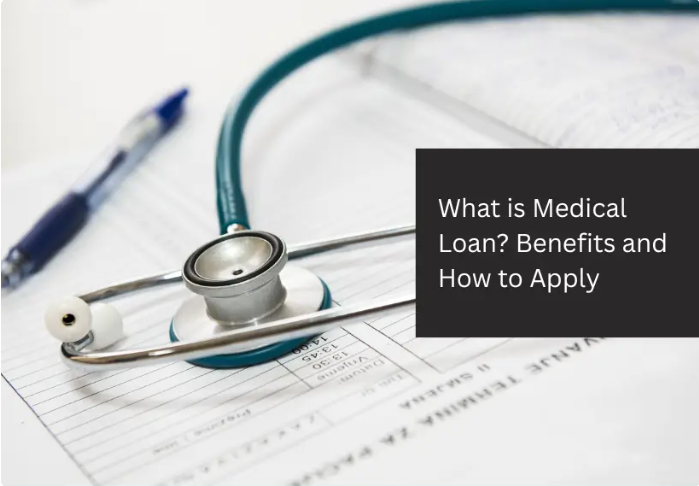Medical Loans: When and How to Use Them for Healthcare Needs
Healthcare is essential, but it can also be expensive especially when costs arise unexpectedly. From emergency surgeries to elective procedures, the bills can quickly add up. When insurance doesn’t cover everything or you don’t have enough savings, medical loans can be a lifeline.
This guide will help you understand what medical loans are, when they make sense, and how to use them wisely.
What Is a Medical Loan?
A medical loan is a personal loan taken specifically to cover healthcare expenses. It’s typically unsecured, meaning you don’t need collateral like a house or car. Instead, lenders approve you based on your credit score, income, and ability to repay.
You can use a medical loan for:
-
Emergency treatments or surgeries
-
Dental work
-
Fertility treatments
-
Cosmetic procedures
-
Ongoing therapy or rehabilitation
-
Out-of-network medical expenses
When to Consider a Medical Loan
Medical loans aren’t always the first choice, but they can be the right solution when:
-
You have an urgent medical need and can’t delay treatment.
-
Your insurance doesn’t cover the full cost or you’re uninsured.
-
Payment plans aren’t available from your healthcare provider.
-
You want to consolidate multiple medical bills into one manageable monthly payment.
Pros of Medical Loans
-
Fast Access to Funds – Many lenders can deposit money within 1–3 business days.
-
Flexible Usage – You decide which medical expenses to cover.
-
Predictable Payments – Fixed interest rates mean you know exactly what you’ll pay each month.
-
No Medical Restrictions – Unlike some financing programs, you can use funds for a wide range of treatments.
Cons of Medical Loans
-
Interest Costs – You’ll pay more than the original bill over time.
-
Credit Requirements – Low credit scores can mean higher rates.
-
Debt Risk – Borrowing without a solid repayment plan can lead to financial strain.
Alternatives to Medical Loans
Before committing, explore other options:
-
Provider Payment Plans – Some clinics and hospitals offer interest-free installments.
-
Medical Credit Cards – Specialized cards like CareCredit offer deferred interest promotions.
-
Health Savings Accounts (HSAs) – Tax-free savings for medical expenses.
-
Nonprofit or Government Assistance – Some organizations help cover specific medical costs.
How to Get a Medical Loan
-
Check Your Credit – Higher scores mean better rates.
-
Compare Lenders – Look at banks, credit unions, and online lenders.
-
Calculate the Total Cost – Include interest and fees in your repayment plan.
-
Apply and Provide Documentation – Proof of income, ID, and sometimes medical cost estimates.
-
Use Funds Promptly – Pay your medical provider to avoid late fees or collection notices.
The Bottom Line
A medical loan can help bridge the financial gap when healthcare costs exceed what you can pay upfront. However, it’s important to borrow only what you need, shop for the lowest interest rate, and have a clear repayment plan in place.


